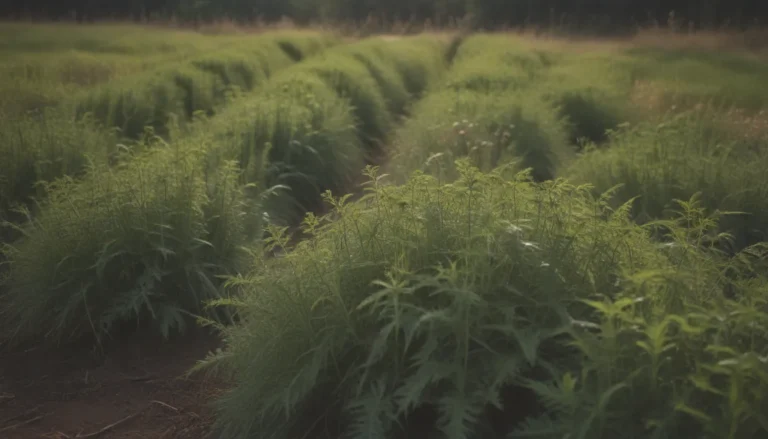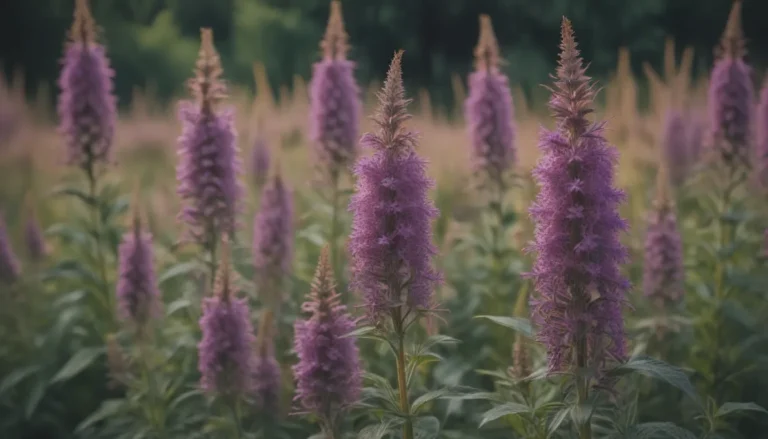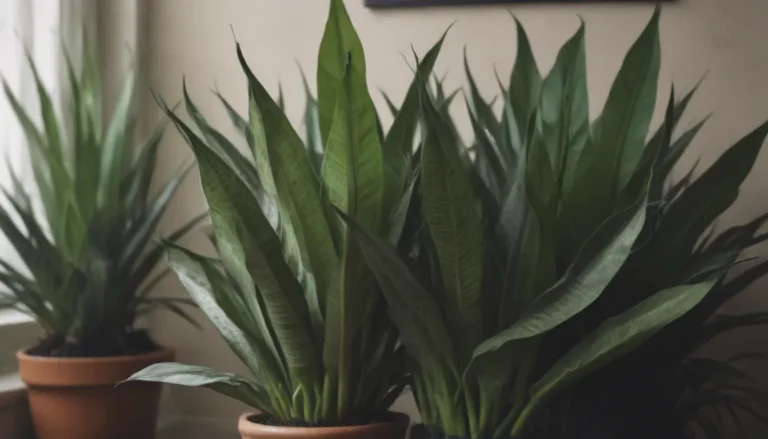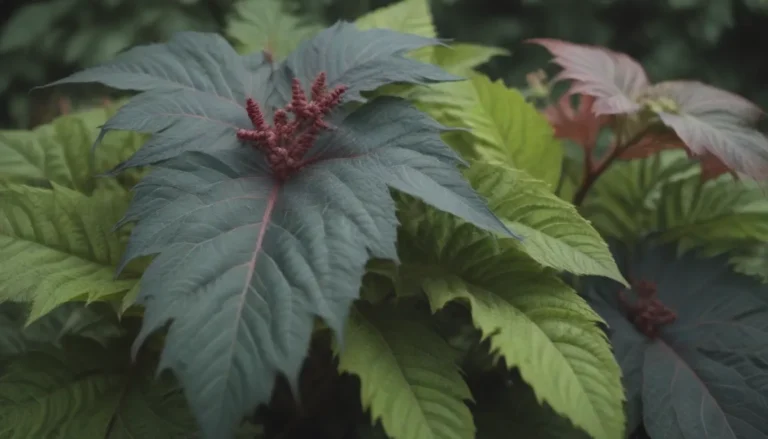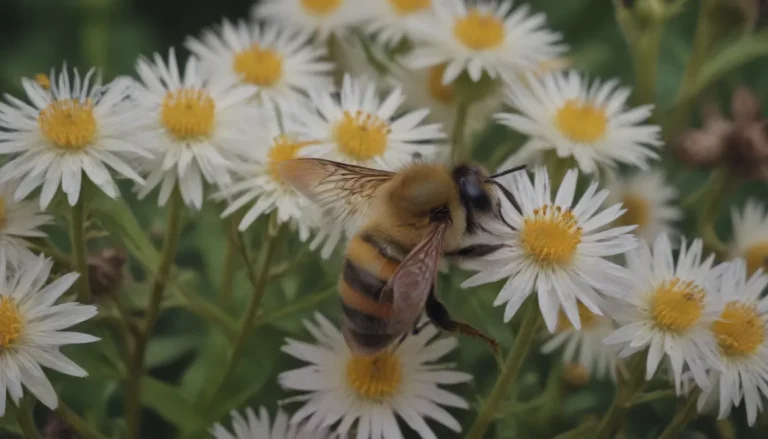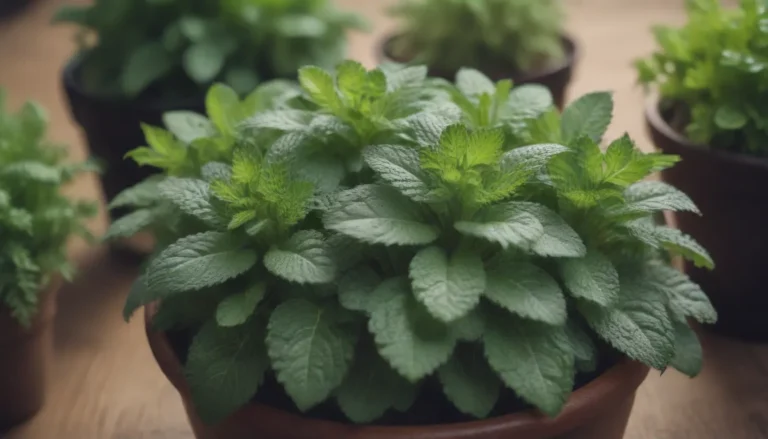A Comprehensive Guide to Seed Stratification and Scarification for Your Garden
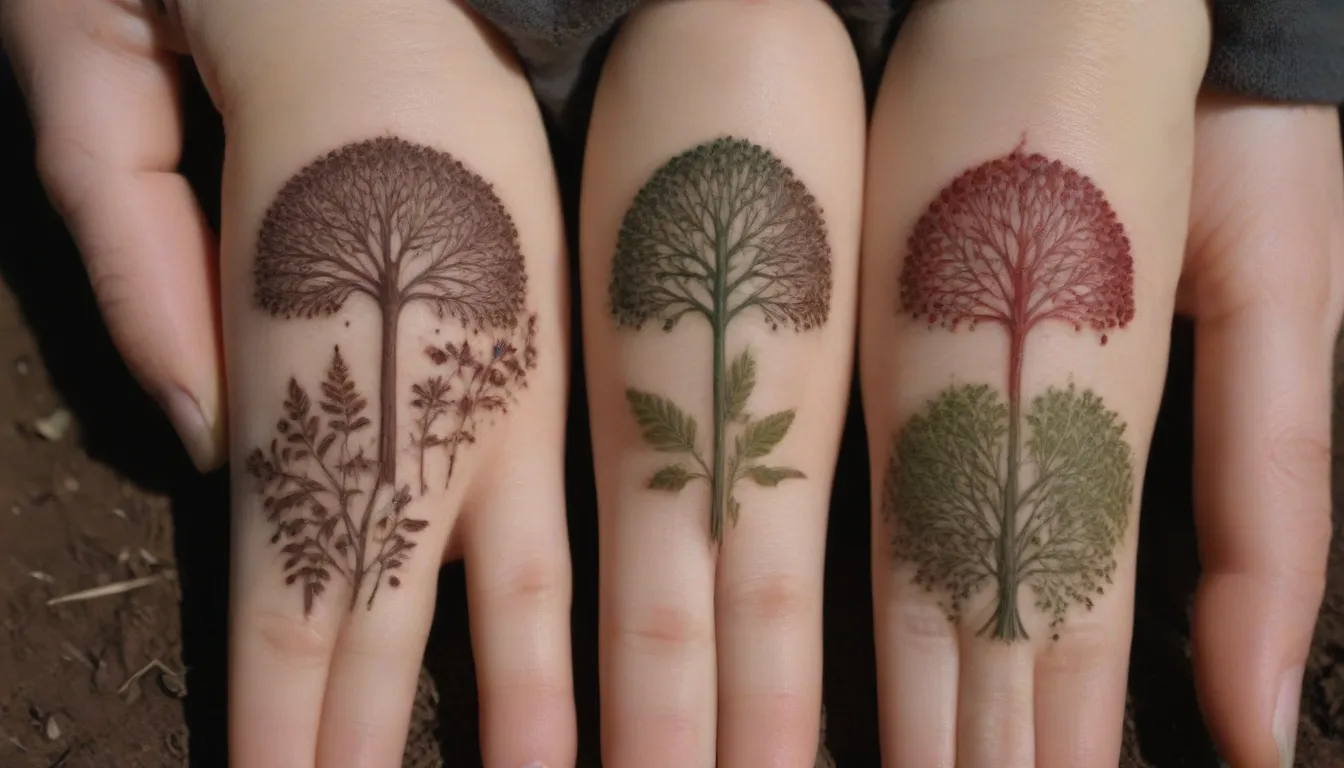
Are you ready to take your gardening skills to the next level? Do you want to ensure that every seed you plant has the best possible chance of germinating and thriving in your garden? If so, then you’ve come to the right place! In this in-depth guide, we will explore the fascinating world of seed stratification and scarification, two essential techniques that can help you unlock the full potential of your seeds.
What is Seed Stratification?
Seed stratification is a method used to simulate the natural conditions that seeds would experience if left outdoors over the winter in their native climate. Some seeds have hard shells that need a little extra coaxing to germinate, and seed stratification helps to break down these barriers. By mimicking the chilling or warming temperatures that seeds would encounter in nature, you can effectively trigger the end of dormancy and encourage germination.
Dry Stratification
Dry stratification involves exposing seeds to cold temperatures without any moisture. This process helps to slow down the deterioration of the seed, keeping it healthy and fresh until it is ready to germinate. Dry stratification typically takes place in a refrigerator at 32 degrees Fahrenheit or lower, but some seeds may benefit from warmer room temperatures.
Moist Stratification
Moist stratification, on the other hand, requires seeds to be placed in damp conditions. Seeds can be kept in a refrigerator between 33 and 40 degrees Fahrenheit for cold moist stratification, or dampened and kept at room temperature for warm moist stratification. This method helps to break down the hard coat of the seed, allowing it to germinate more easily.
Which Seeds Need Stratification?
Perennial seeds, including many trees, shrubs, and flowers, benefit greatly from stratification. Some examples of seeds that may require stratification include apples, butterfly weed, daylilies, poppies, and more. It’s essential to check whether each plant prefers dry or moist, warm or cold stratification, as some seeds may require both strategies to germinate successfully.
How to Stratify Seeds
To start the stratification process, place your seeds either dry or in a dampened medium like peat, sand, or paper towels in a closed container or sealed plastic bag. For cold stratification, store the container in the refrigerator, while warm stratification can be achieved at room temperature. Keep an eye on the moisture levels in the container and check periodically to ensure the seeds are progressing as they should.
What is the Scarification of Seeds?
Scarification is the process of breaking down the hard outer coating of a seed to allow water to penetrate and kickstart the germination process. This natural process can be mimicked by gently nicking the seed with sandpaper, a file, or a knife to help the seed sprout more easily.
Which Seeds Need Scarification?
Seeds with large, thick coats such as morning glory, nasturtiums, and moonflowers are prime candidates for scarification. Edible beans, while large seeds, typically do not require scarification. It’s essential to handle seeds gently during the scarification process to avoid damaging the seed inside.
How to Scarify Seeds
Scarifying seeds can be done by rubbing the seed gently with sandpaper or filing down a portion of the outer coat. Some seeds may require making small nicks in the shell with a knife. After scarifying the seeds, place them in lukewarm water to soak overnight, allowing the water to penetrate the seed and kickstart germination.
Stratification and Scarification in Nature
In nature, stratification and scarification occur through various processes. Some seeds have extremely hard shells that prevent water from entering, keeping them dormant until conditions improve. Animals can also aid in scarifying seeds by eating and digesting them, helping them to sprout. For many perennial plants, exposure to cold winter temperatures is necessary for the seed to germinate successfully.
Additional Resources for Seed Stratification and Scarification:
- Starting Plants Indoors from Seed. University of New Hampshire Extension.
- Seed Stratification: Why Does Temperature Make a Difference? Virginia State University Extension, Piedmont Master Gardeners.
- Blue False Indigo, Baptisia australis. University of Wisconsin-Madison Extension.
- Seed stratification: What seeds require cold treatment. University of Illinois Extension.
- Scarification and Vernalization. Oregon State University.
Whether you’re a seasoned gardener looking to expand your knowledge or a beginner eager to learn new techniques, seed stratification and scarification are valuable tools that can take your gardening to the next level. By understanding how to mimic natural processes and give your seeds the best chance to thrive, you can create a lush, vibrant garden that will bring you joy for years to come. Happy gardening!
